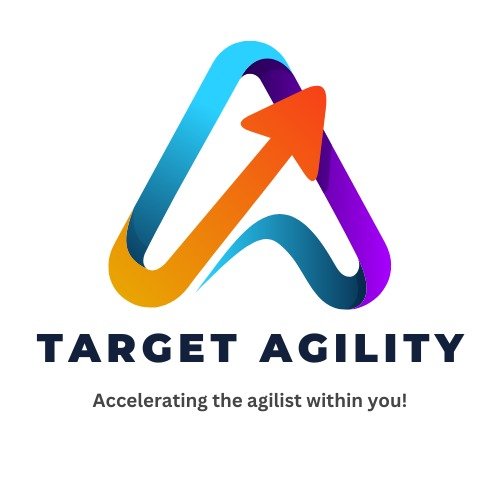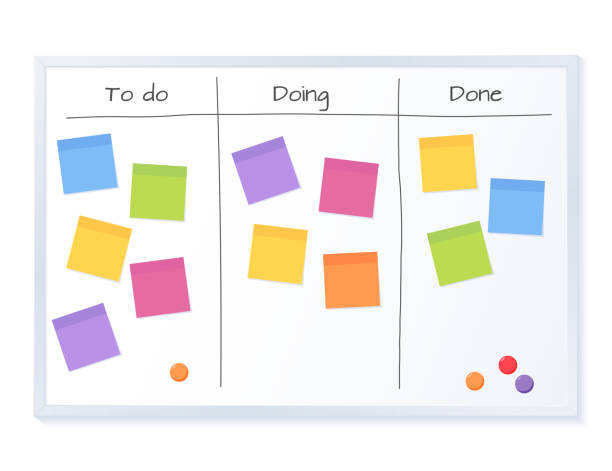Many teams today have too much work and not enough clarity. Tasks pile up, deadlines are missed, and no one knows what’s being done or what’s next. That’s where Kanban can help.
Kanban is a simple tool that helps teams organize their work, stay on track, and get things done faster. It lets you see your work clearly and helps avoid confusion and delays.
Let’s explore what Kanban is, how it works, and why it’s helpful for any team.
What is Kanban?
Kanban started in Japan at Toyota’s factories. Workers used cards to show when parts were needed. Over time, people started using this idea in other kinds of work too — like software, marketing, HR, and more.
Today, Kanban is used to manage tasks visually. You write each task on a card and move it across a board as it progresses. This gives everyone a clear view of what’s happening.
What is a Kanban Board?
A Kanban board is the main tool used in Kanban. You can make one on a wall using sticky notes or use an app like Trello, Jira, or ClickUp.
A basic Kanban board has 3 main columns:
- To Do – Tasks that need to be done
- In Progress – Tasks that are being worked on
- Done – Finished tasks
You move cards from one column to the next as the task moves forward. This way, everyone can see the progress without needing to ask.
Key Ideas Behind Kanban
Here are some simple rules that make Kanban work well:
1. Show Your Work
Don’t keep tasks hidden in emails or heads. Put everything on the board so it’s easy to see.
2. Don’t Do Too Much at Once
If people work on too many things at once, nothing gets done. Kanban asks you to limit how many tasks are in progress. This helps you focus and finish faster.
3. Watch the Flow
Keep an eye on how tasks move across the board. Are they getting stuck? Are things moving smoothly? This helps find and fix problems early.
4. Make Rules Clear
Everyone should understand how the board works. For example, when is a task considered “done”? What does “in progress” mean?
5. Keep Getting Better
Kanban encourages regular improvement. Look at what’s working and what’s not, then make small changes to improve.
Why Should You Use Kanban?
Kanban is helpful because it:
- Shows everything clearly – No more guessing who’s doing what
- Keeps the team focused – Less multitasking, more progress
- Helps finish work faster – By focusing on flow, not just speed
- Fixes delays – Bottlenecks are easy to spot
- Works for any team – No need to change your whole system
Kanban is also very flexible. You don’t need to follow strict rules or change your team setup. You can start small and grow from there.
Conclusion
Kanban is a simple but powerful way to manage work. It helps teams stay organized, work better together, and get more done without stress.
Whether you use sticky notes on a wall or a digital board, Kanban helps you see what needs to be done, track progress, and keep improving.
If your team is struggling with too much work or not enough clarity, Kanban might be just what you need to get things under control — one card at a time.












